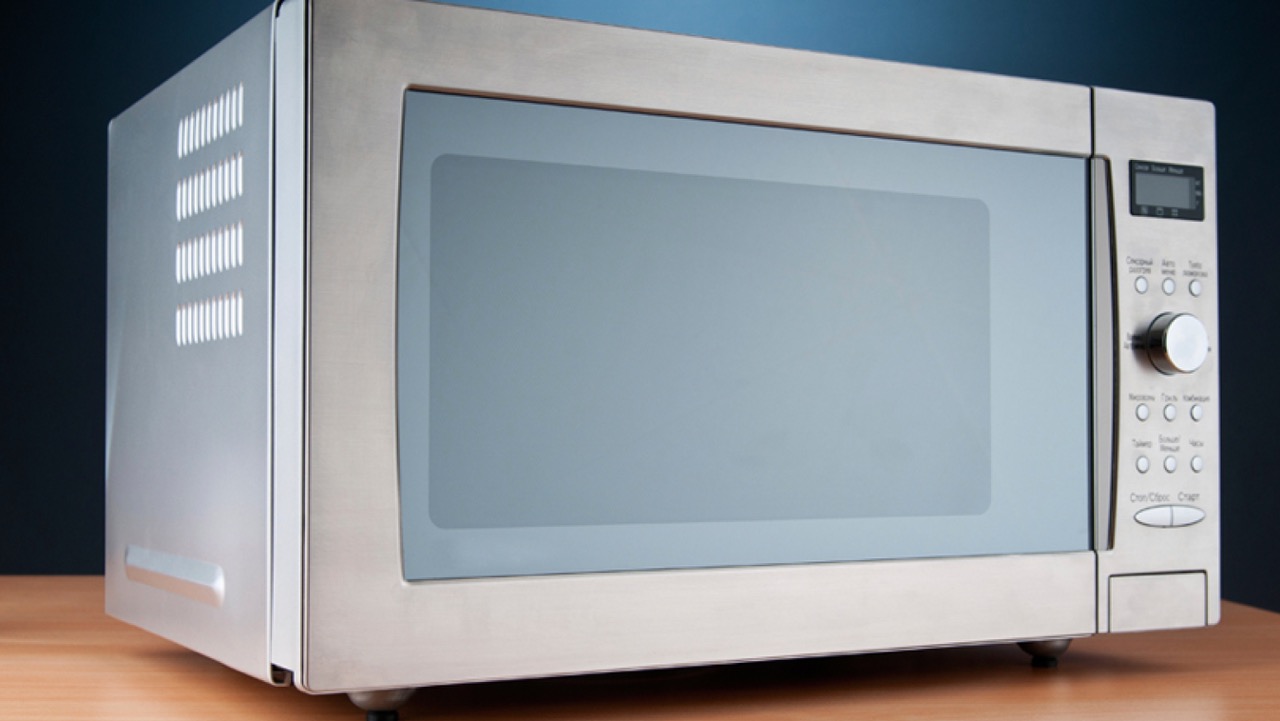

Articles
How Many Amps Does A Microwave Oven Use
Modified: August 20, 2024
Discover the average amps a microwave oven uses in this informative article. Find out how much electricity your microwave consumes and how it impacts your energy bills.
(Many of the links in this article redirect to a specific reviewed product. Your purchase of these products through affiliate links helps to generate commission for Storables.com, at no extra cost. Learn more)
Introduction
Welcome to the world of microwave ovens – those convenient appliances that have become a staple in many kitchens. Whether it’s reheating leftovers, defrosting frozen food, or quickly cooking a meal, microwaves have revolutionized the way we prepare and enjoy our food. But have you ever wondered about the inner workings of these kitchen marvels? Specifically, how many amps does a microwave oven use?
In this article, we will delve into the importance of amps in microwave ovens, explore the factors affecting their usage, and provide tips for efficiently utilizing amps. By the end, you’ll have a better understanding of how microwaves operate and how to optimize their amp usage, ensuring that your culinary adventures are both delicious and energy-efficient.
But first, let’s uncover the mysteries behind microwave ovens.
Key Takeaways:
- Understanding the amp requirements for different microwave cooking functions allows for informed power usage decisions, optimizing cooking experiences and energy efficiency.
- By considering factors such as power settings, cooking time, food quantity, and energy efficiency, you can efficiently manage the amp usage of your microwave, saving both electricity and money.
Read more: How Many Amps Does An HVAC Use
Understanding Microwave Ovens
To truly appreciate the role of amps in microwave ovens, it’s important to grasp how these appliances work. Microwave ovens use electromagnetic waves, known as microwaves, to heat and cook food. These microwaves generate heat by causing the water molecules in the food to vibrate rapidly, producing friction and thus generating heat.
In a microwave oven, there are three primary components: the magnetron, the waveguide, and the cavity. The magnetron is responsible for producing the microwaves, while the waveguide directs these waves into the cavity, where the food is placed for cooking. The cavity is lined with a reflective material to ensure that the microwaves are contained and effectively absorbed by the food.
Modern microwave ovens are equipped with a control panel that allows users to set the cooking time, power level, and various other functions. By adjusting these settings, you can customize the cooking process to suit your specific needs.
Now that we have a basic understanding of how microwave ovens work, let’s explore the significance of amps in these appliances.
Importance of Amps in Microwave Ovens
Amps, short for amperes, are a unit used to measure the electric current flowing through an electrical device. In the context of microwave ovens, amps indicate the amount of current drawn by the appliance during operation. Understanding the importance of amps is crucial for several reasons.
First and foremost, the correct amount of amps ensures that the microwave oven functions properly and safely. Microwaves are designed to operate within a specific range of amperage, and exceeding this range can result in electrical malfunctions or even pose a fire hazard. It is therefore vital to know the appropriate amp rating for your microwave and ensure that your electrical circuit can support it.
Secondly, amps play a significant role in determining the power consumption of a microwave oven. The higher the amps, the more electricity the appliance will draw, which directly impacts your energy bill. By understanding the amp rating of your microwave, you can make informed decisions about its energy usage and choose a model that aligns with your energy-saving goals.
Lastly, amps can influence the cooking performance of your microwave. Higher amp ratings generally indicate more powerful microwaves, capable of cooking food more quickly and evenly. However, it’s important to note that the wattage of a microwave is a more accurate measure of its cooking power, as it takes into account both the amperage and voltage.
Now that we recognize the significance of amps in microwave ovens, let’s explore the factors that can affect amp usage in these appliances.
Factors Affecting Amp Usage in Microwave Ovens
Several factors contribute to the amp usage of a microwave oven. Understanding these factors can help you optimize your microwave’s energy efficiency and ensure its smooth operation.
1. Power Setting: The power setting you select on your microwave directly affects its amp usage. Higher power settings will draw more current, while lower settings will consume less. Adjusting the power level according to your cooking needs can help regulate amp usage.
2. Cooking Time: The duration for which the microwave is in use also impacts its amp usage. Longer cooking times will result in higher amp draw, whereas shorter durations will consume less power. It’s best to minimize unnecessary idle time to reduce energy consumption.
3. Food Quantity: The amount of food being cooked affects the amp usage of the microwave. With larger quantities, the microwave will require more energy to heat the food evenly. It’s advisable to cook larger portions all at once, rather than in multiple smaller batches, to optimize energy usage.
4. Energy Efficiency: The design and energy efficiency of the microwave oven itself can impact amp usage. Energy-efficient models are designed to minimize power consumption and can help save electricity in the long run. Look for microwaves with Energy Star ratings or energy-saving features to maximize efficiency.
5. Age and Condition: Older microwave ovens may draw more amps compared to newer models due to wear and tear. Regular maintenance, such as cleaning the interior and ensuring proper ventilation, can help maintain optimal performance and minimize amp usage.
By considering these factors and making conscious choices in your microwave usage, you can effectively manage the amp usage of your microwave oven and reduce energy consumption.
Now that we’ve explored the factors affecting amp usage, let’s delve into the average amps used by microwave ovens.
Average Amps Used by Microwave Ovens
The average amps used by microwave ovens can vary depending on the model, size, and power rating of the appliance. Most household microwave ovens in the market today draw between 9 to 15 amps during operation. However, it’s important to note that these values can fluctuate based on the power settings and cooking time selected.
Compact microwave ovens, typically with a power rating of around 700 to 800 watts, tend to draw around 9 to 10 amps. These smaller microwaves are suitable for individuals or small households and require less power to operate efficiently.
Medium-sized microwave ovens, ranging from 900 to 1200 watts, usually draw between 11 to 13 amps. These microwaves cater to average-sized families and offer a balance between power consumption and cooking efficiency.
Larger microwave ovens, with power ratings exceeding 1200 watts, can draw up to 15 amps or slightly higher. These high-powered microwaves are capable of cooking food more quickly but consume more electricity during operation.
It’s important to refer to the manufacturer’s specifications and the appliance’s label for the exact amp rating of your microwave oven. This information will ensure that your electrical circuit can handle the amp draw without any issues.
Now that we have an idea about the average amps used by microwave ovens, let’s move on to understanding how to calculate amps for specific microwave ovens.
Microwave ovens typically use around 10-15 amps of current when in use. Be sure to check the specific power requirements of your microwave to ensure it is compatible with your electrical system.
Read more: How Many Amps Does Alexa Use
Calculating Amps for Specific Microwave Ovens
Calculating the amps for a specific microwave oven involves a simple formula that takes into account the power rating and the voltage of the appliance. The formula is as follows:
Amps = Watts / Volts
To calculate the amps, you’ll need to know the power rating of your microwave oven, usually listed in watts, and the voltage of your electrical system, typically 120 volts in most homes. Let’s consider an example to illustrate the calculation.
Suppose you have a microwave oven with a power rating of 1000 watts. Using the formula, we can calculate the amps:
Amps = 1000 watts / 120 volts
Amps ≈ 8.33 amps
Therefore, in this example, the microwave oven draws approximately 8.33 amps during operation.
It’s essential to note that some microwave ovens may have a power rating listed in kilowatts (kW). In this case, you’ll need to convert kilowatts to watts before applying the formula. Multiply the kilowatt value by 1000 to get the wattage.
Calculating the amps for your specific microwave oven helps you ensure that it is compatible with your electrical circuit and allows you to make informed decisions regarding its usage and energy consumption.
Now that we know how to calculate amps for specific microwave ovens, let’s explore some tips for efficiently using amps in these appliances.
Tips for Efficiently Using Amps in Microwave Ovens
To optimize the amp usage of your microwave oven and ensure energy efficiency, consider implementing the following tips:
1. Use the appropriate power level: Adjust the power setting according to your cooking needs. Lower power levels consume fewer amps and are ideal for tasks like defrosting or gentle heating. Higher power levels may be necessary for tasks requiring quick cooking or boiling water.
2. Minimize preheating time: Most microwave recipes do not require preheating. By skipping this step, you can save both time and energy. However, preheating may be necessary for certain specific recipes, so use discretion based on the cooking instructions.
3. Optimize cooking time: Be mindful of the cooking time required for your food. Overcooking not only wastes energy but can also lead to dried-out or burnt food. Use your microwave’s timer or set a separate kitchen timer to ensure you don’t exceed the necessary cooking time.
4. Use appropriate-sized cookware: Use microwave-safe cookware that matches the size of the food being cooked. Oversized or undersized containers can lead to inefficient heat distribution, resulting in longer cooking times and increased energy consumption.
5. Avoid standby mode: After cooking, be sure to turn off your microwave instead of leaving it in standby mode. Even in standby mode, some microwaves continue to consume a small amount of power, which can add up over time.
6. Regular maintenance: Keep your microwave oven clean and well-maintained. Regularly clean the interior, remove any food residue, and ensure proper ventilation. A clean and well-functioning microwave will operate more efficiently, reducing amp usage.
By following these tips, you can maximize energy efficiency and minimize amp usage in your microwave oven. Not only will this help save electricity, but it will also contribute to a greener and more sustainable kitchen.
Now that we have covered tips for efficiently using amps, let’s explore the amp requirements for different microwave cooking functions.
Amp Requirements for Different Microwave Cooking Functions
Understanding the amp requirements for different microwave cooking functions allows you to make informed decisions about power usage and optimize your cooking experience. Here’s a breakdown of the typical amp requirements for various microwave cooking functions:
1. Full Power Cooking: When you choose the highest power setting on your microwave, it will draw its maximum amp capacity. Most high-powered microwaves operate between 11 to 15 amps during full-power cooking. This setting is ideal for tasks like cooking raw vegetables, heating soups or leftovers, and boiling water.
2. Defrosting: Defrosting food in the microwave requires a lower power setting to gently thaw the frozen items. Typically, the amp draw during defrosting is around 8 to 10 amps, depending on the specific model and the amount of food being defrosted.
3. Simmering or Low-Power Cooking: When you need to simmer sauces, melt butter, or perform any low-power cooking, the microwave will draw fewer amps compared to full-power cooking. The amp usage during low-power cooking ranges from 6 to 8 amps, enabling a gentle and controlled heat.
4. Quick Cooking Buttons: Many microwave ovens have quick cooking buttons for specific food items such as popcorn, potatoes, or beverages. These functions are designed to operate at a pre-set power level and time, which will vary depending on the specific model. The amp usage for these quick cooking functions typically ranges between 9 to 12 amps.
Remember that these amp requirements are general guidelines, and actual values may vary depending on the wattage, size, and specific features of your microwave oven.
By understanding the amp requirements for different cooking functions, you can choose the appropriate power level, optimize energy consumption, and ensure efficient cooking results.
Now that we’ve explored the amp requirements for various microwave cooking functions, let’s summarize what we’ve learned.
Conclusion
Microwave ovens have become an essential part of our modern kitchens, offering convenience and efficiency in cooking and heating food. Understanding the importance of amps in microwave ovens is key to ensuring their safe and optimal operation. By considering factors such as power settings, cooking time, food quantity, and energy efficiency, you can efficiently manage the amp usage of your microwave, saving both electricity and money.
Calculating the amp draw for your specific microwave oven enables you to determine its compatibility with your electrical circuit and make informed decisions regarding its usage. Additionally, following tips such as using the appropriate power level, minimizing preheating time, and regular maintenance can maximize energy efficiency and reduce amp usage.
It’s important to note that amp requirements vary for different microwave cooking functions, such as full power cooking, defrosting, simmering, and quick cooking buttons. Understanding these requirements allows you to select the appropriate power level and optimize energy consumption based on your specific cooking needs.
By incorporating these practices into your everyday microwave usage, you can enjoy the convenience of this kitchen appliance while minimizing your environmental impact and energy costs.
So, the next time you use your microwave oven, remember to consider the amps it uses and make conscious choices to maximize efficiency. With a little knowledge and effort, you can become a master at cooking with reduced amp usage, creating delicious meals while being mindful of energy consumption.
Frequently Asked Questions about How Many Amps Does A Microwave Oven Use
Was this page helpful?
At Storables.com, we guarantee accurate and reliable information. Our content, validated by Expert Board Contributors, is crafted following stringent Editorial Policies. We're committed to providing you with well-researched, expert-backed insights for all your informational needs.
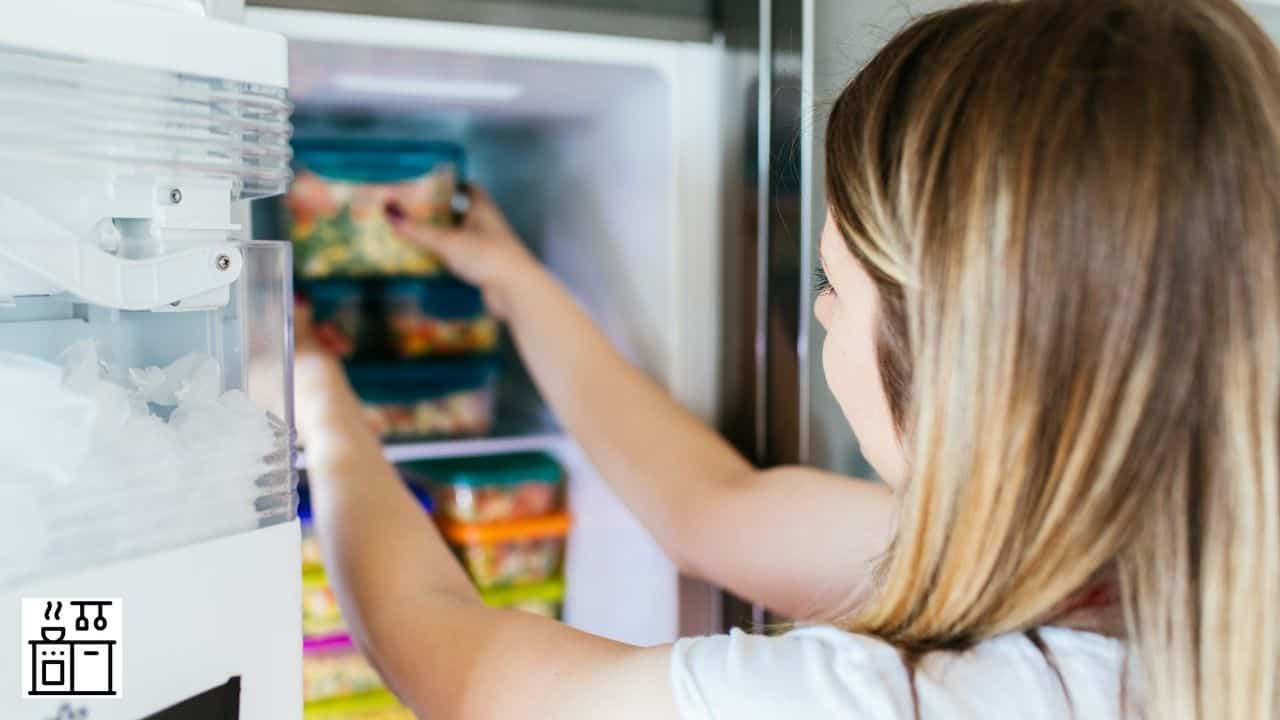

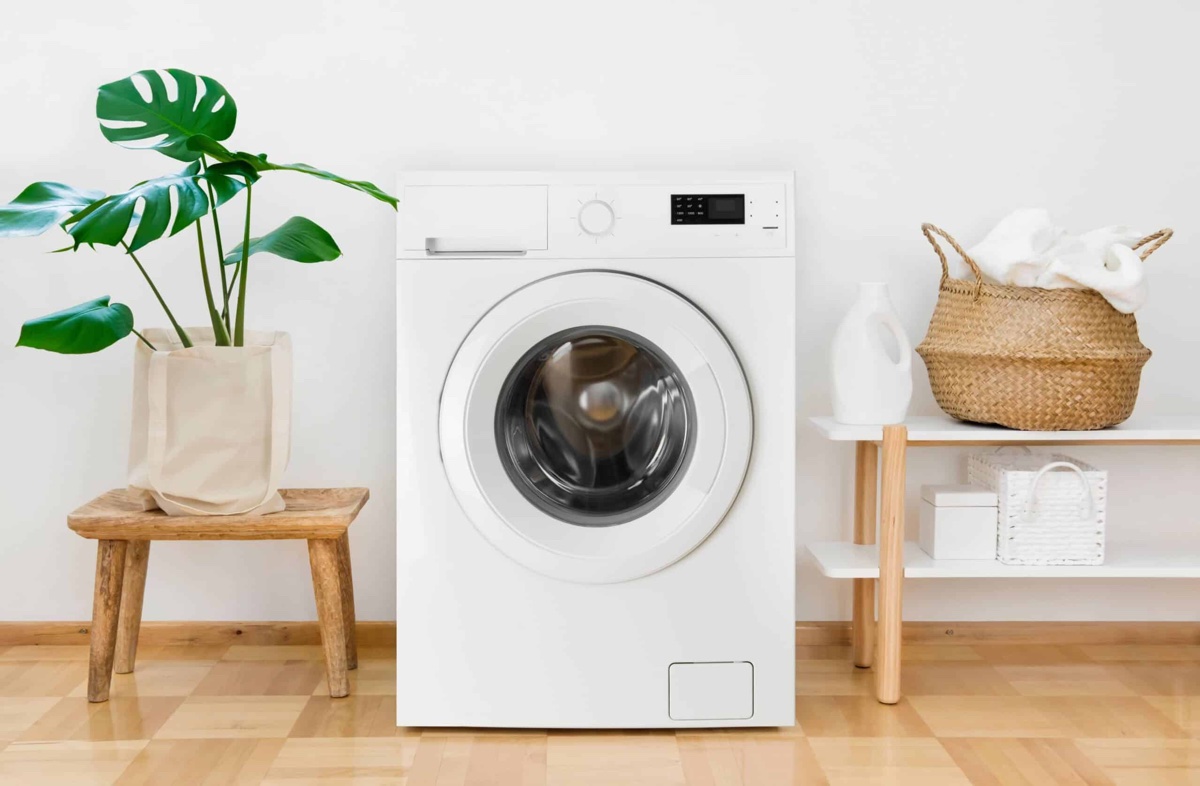
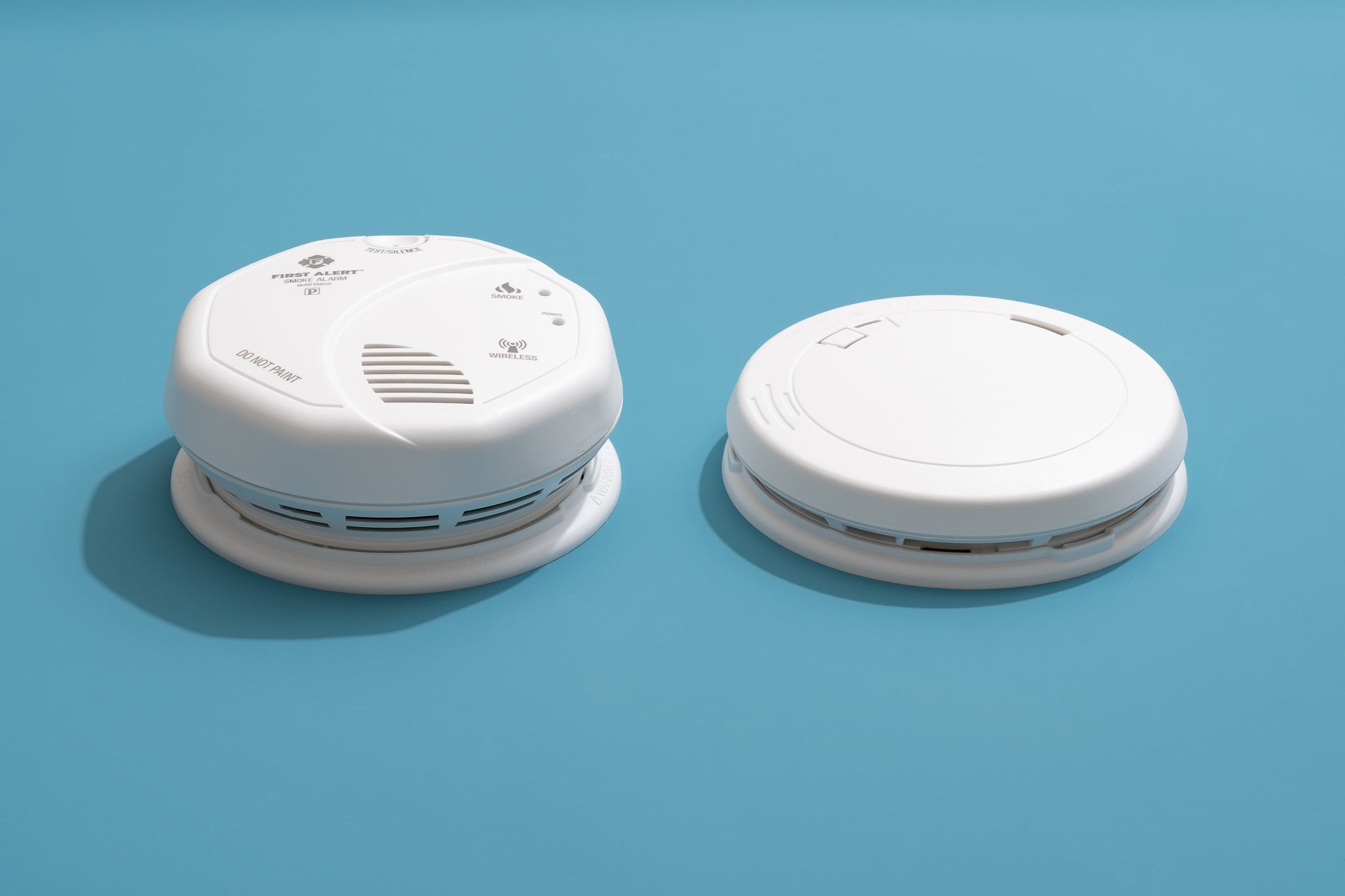
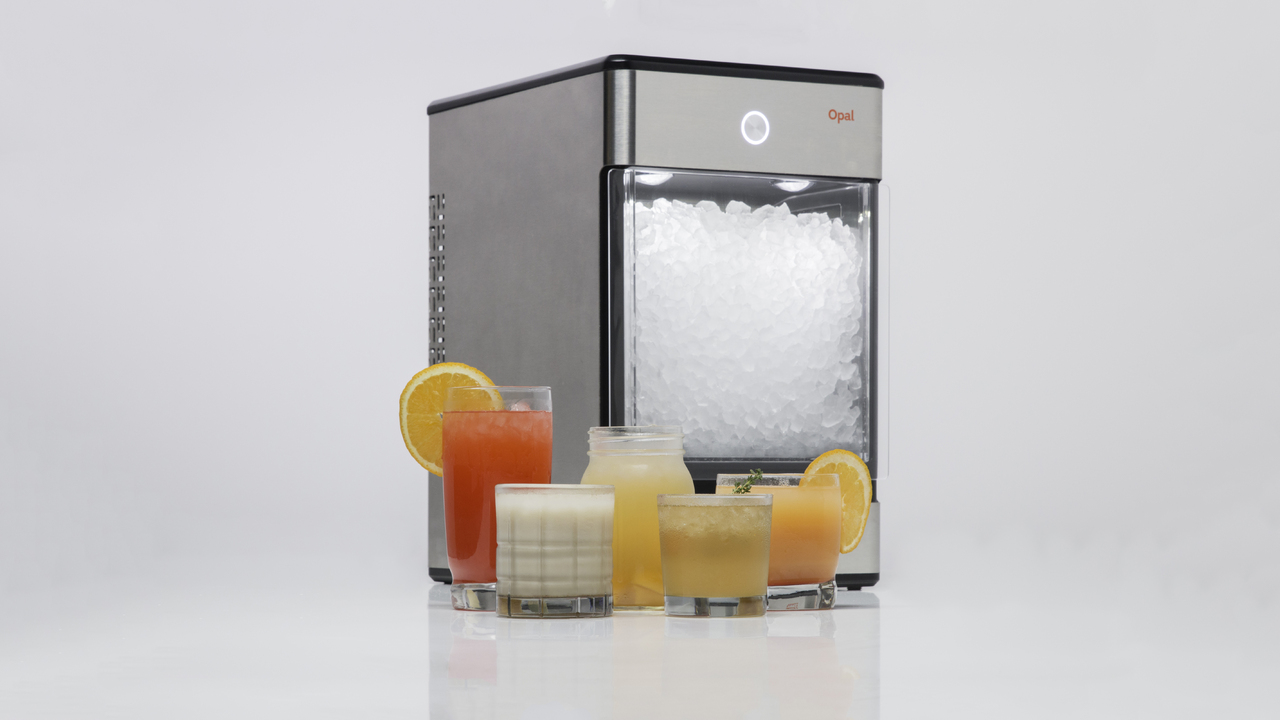
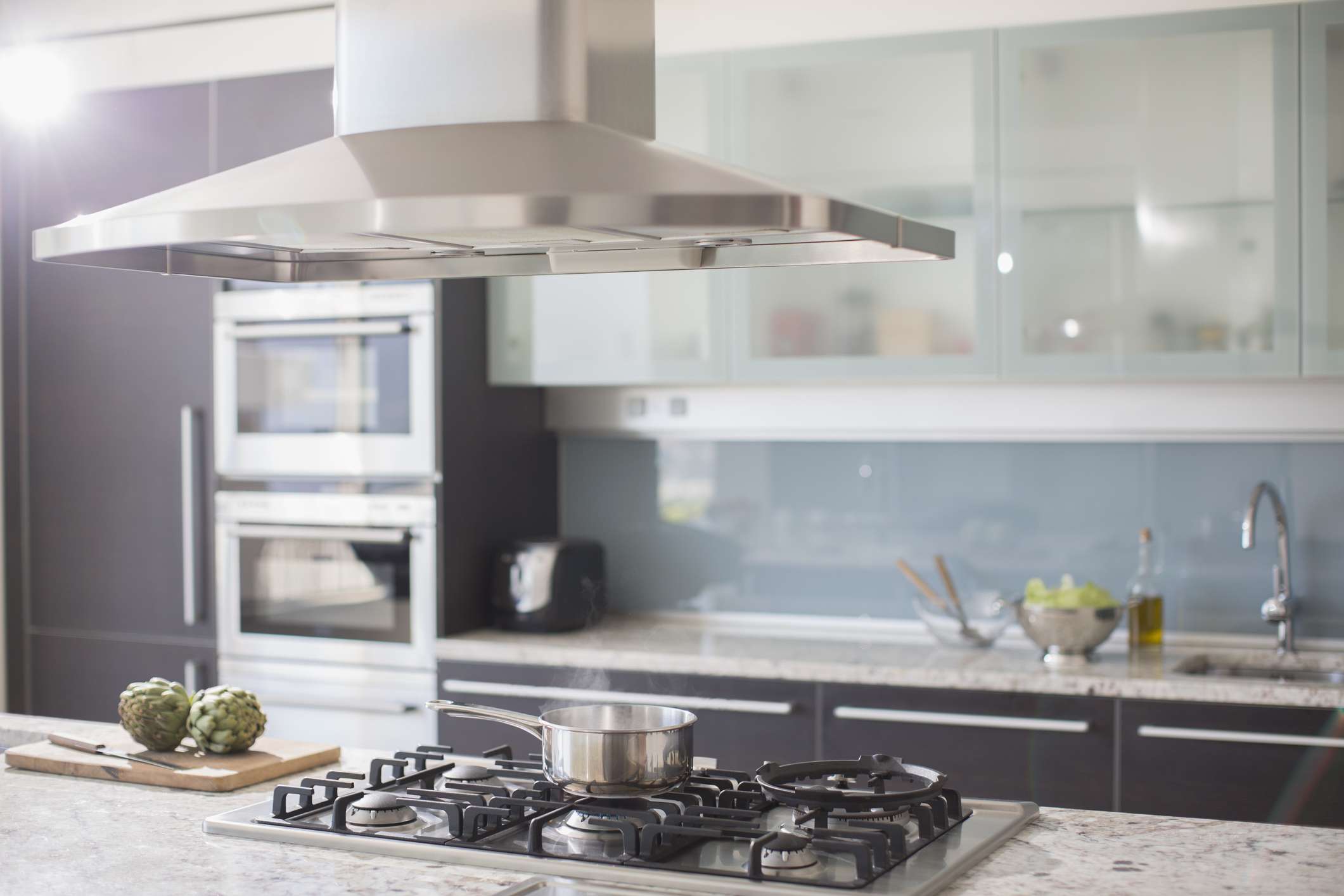
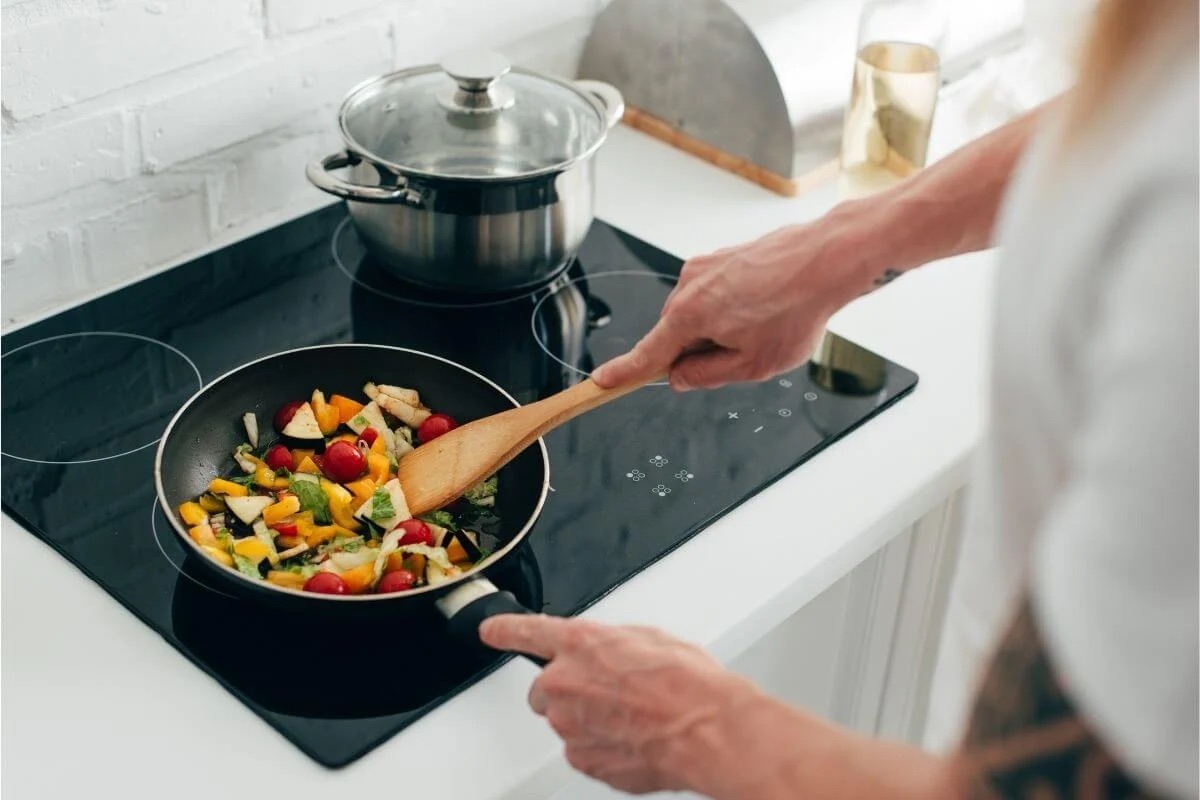
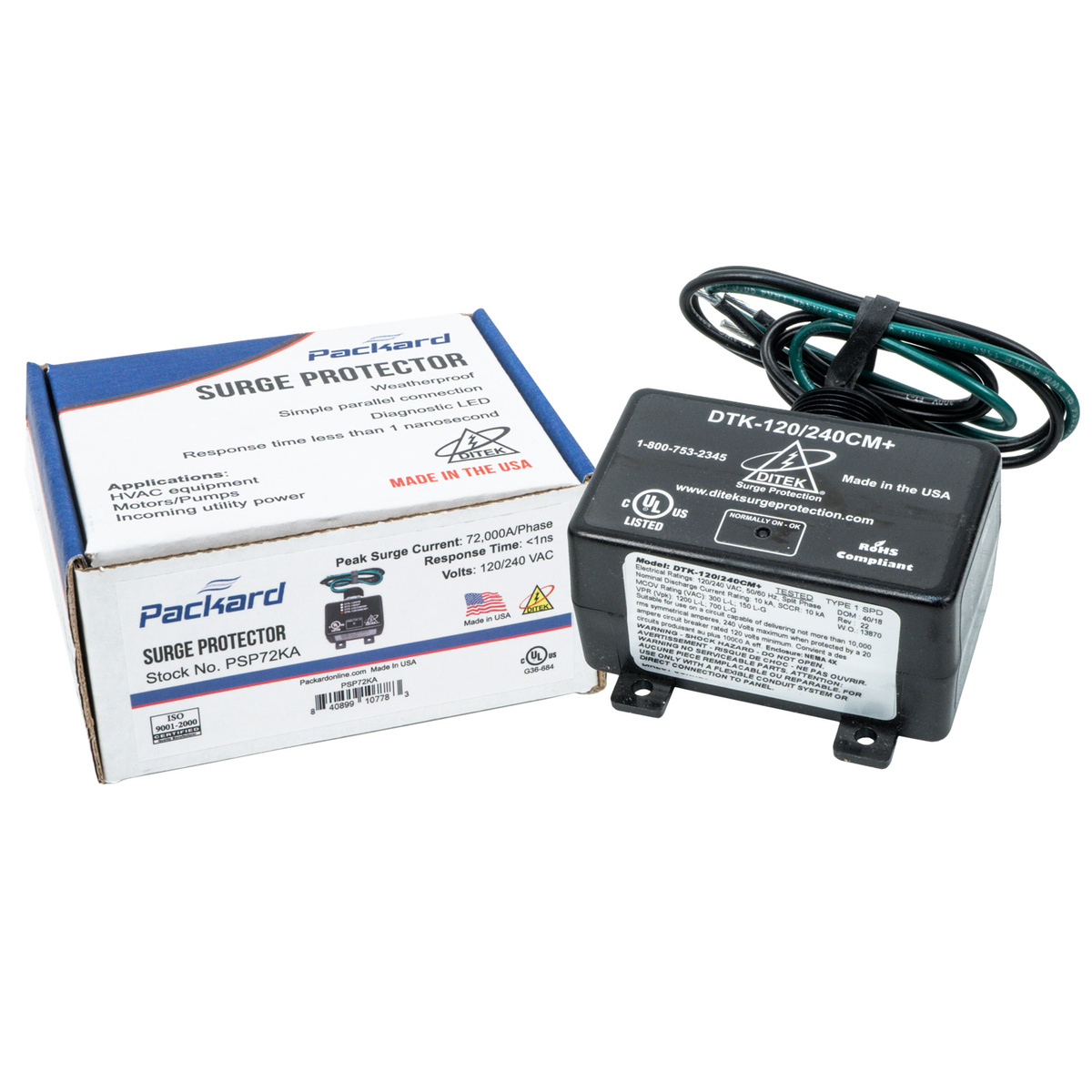
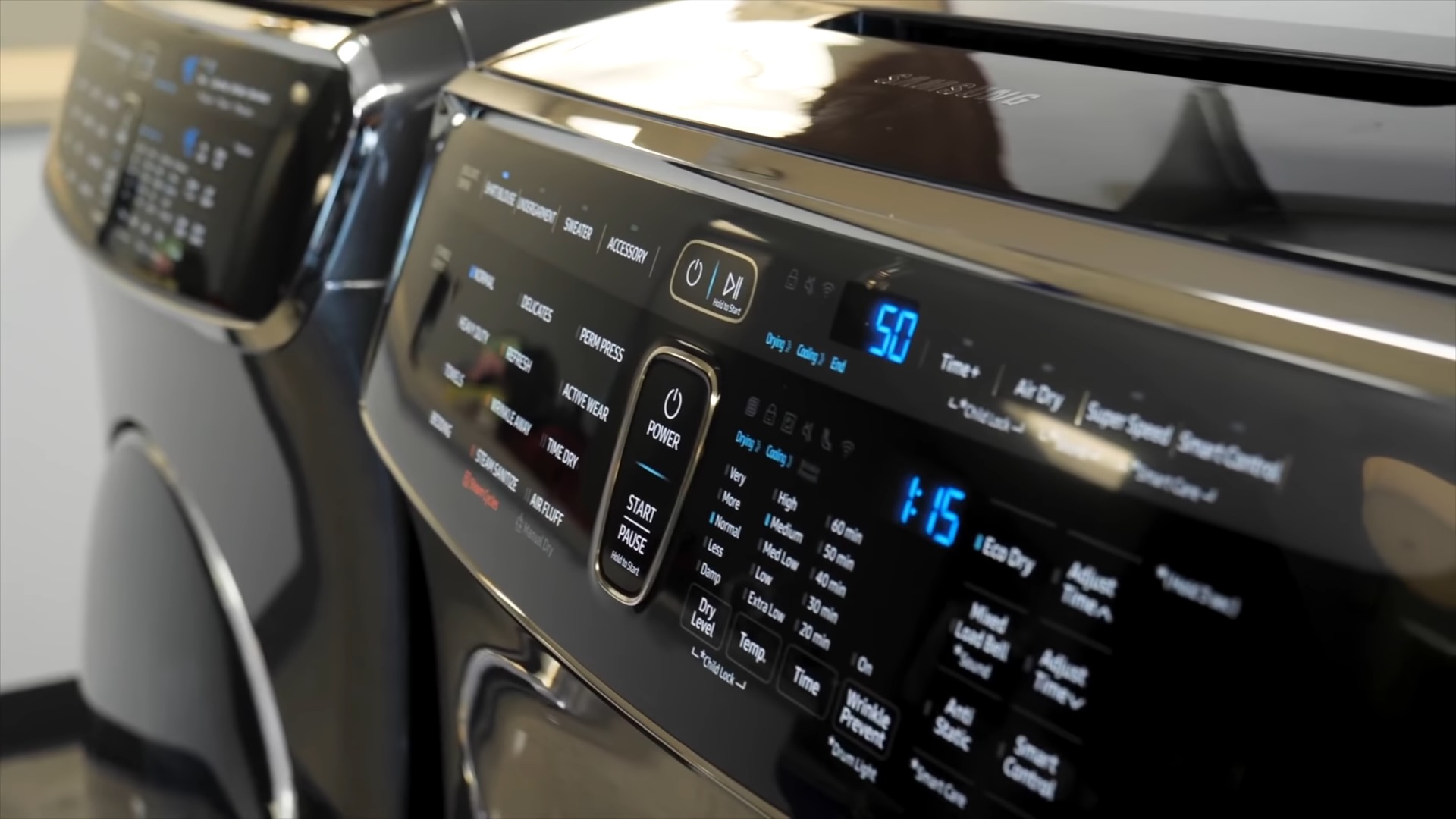
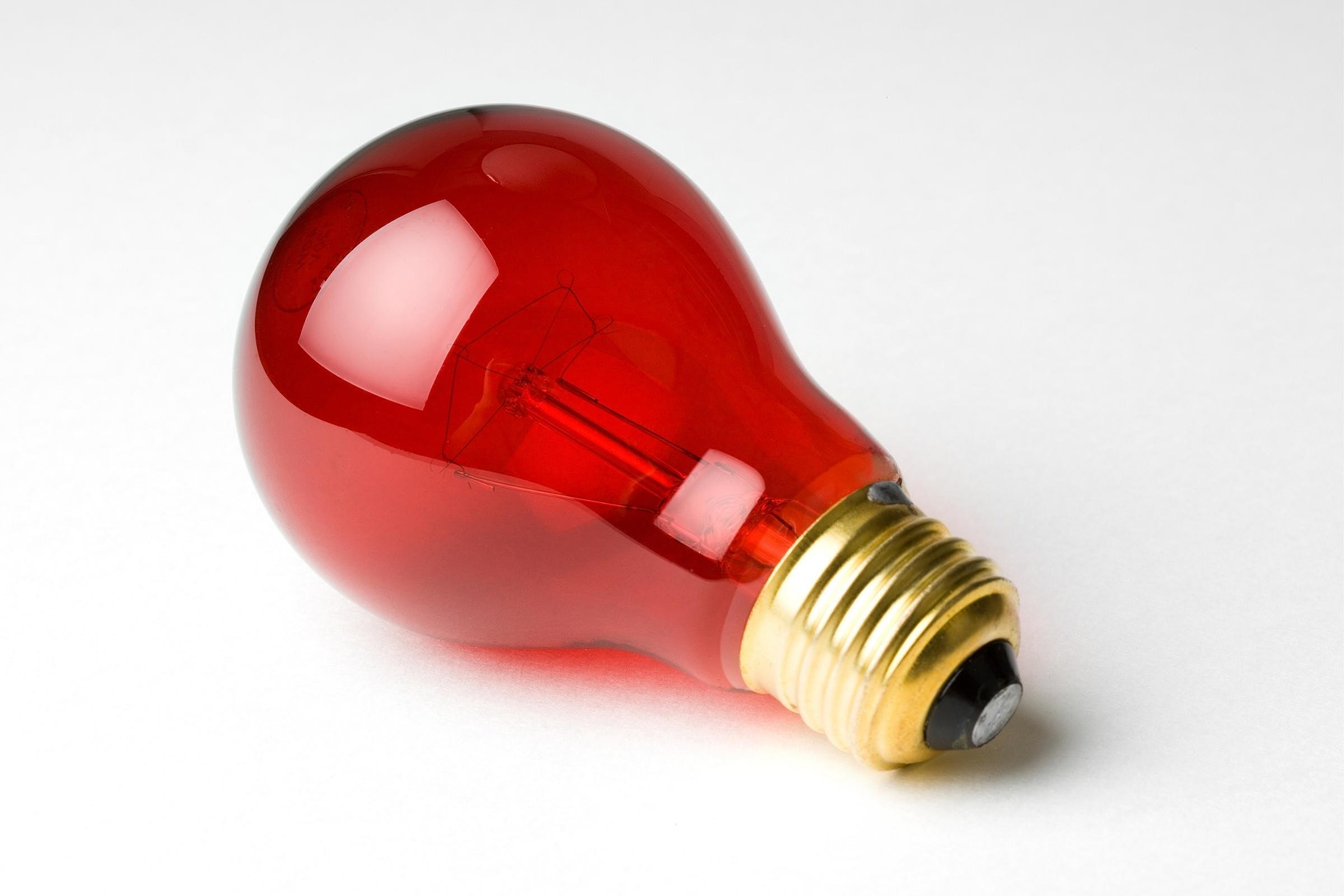
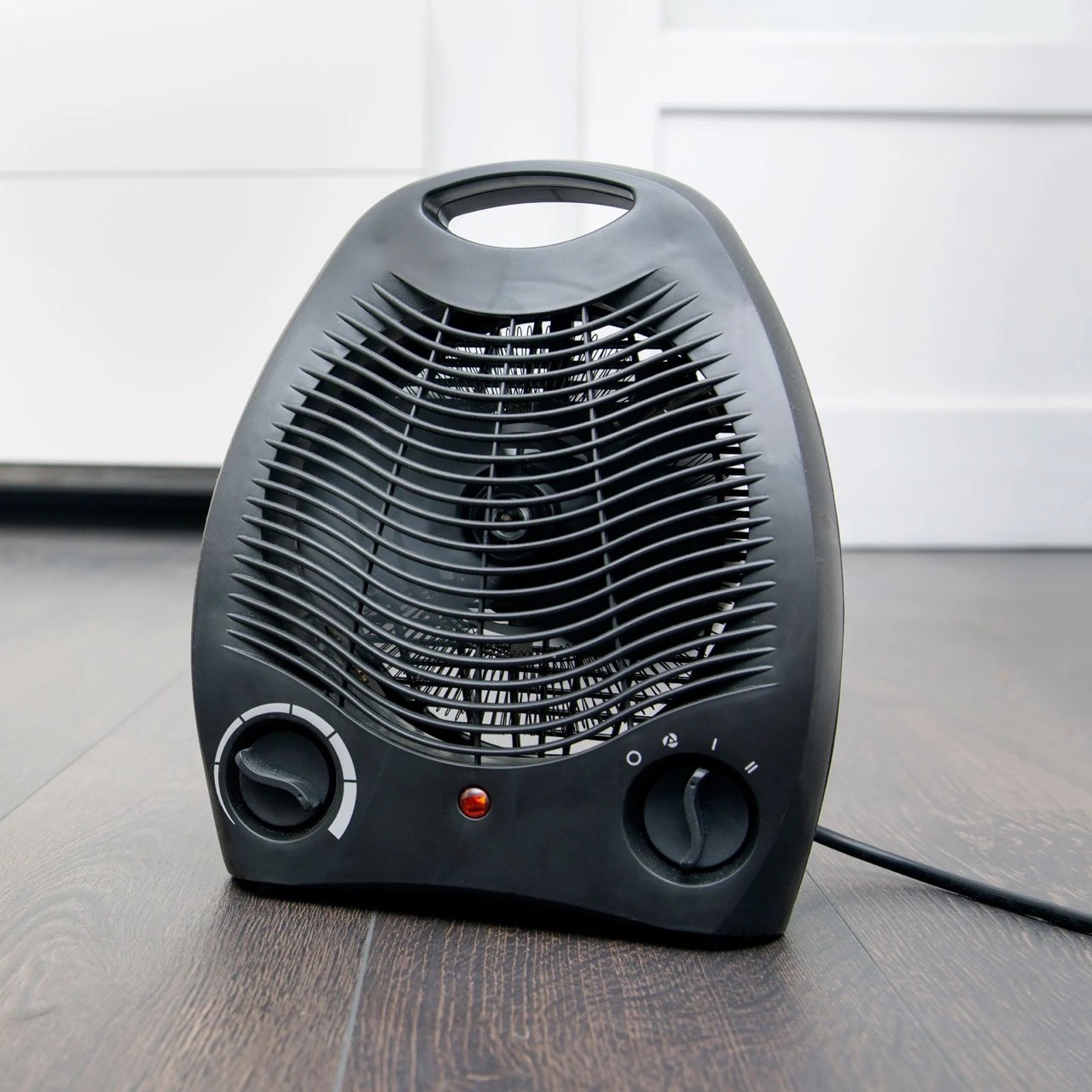
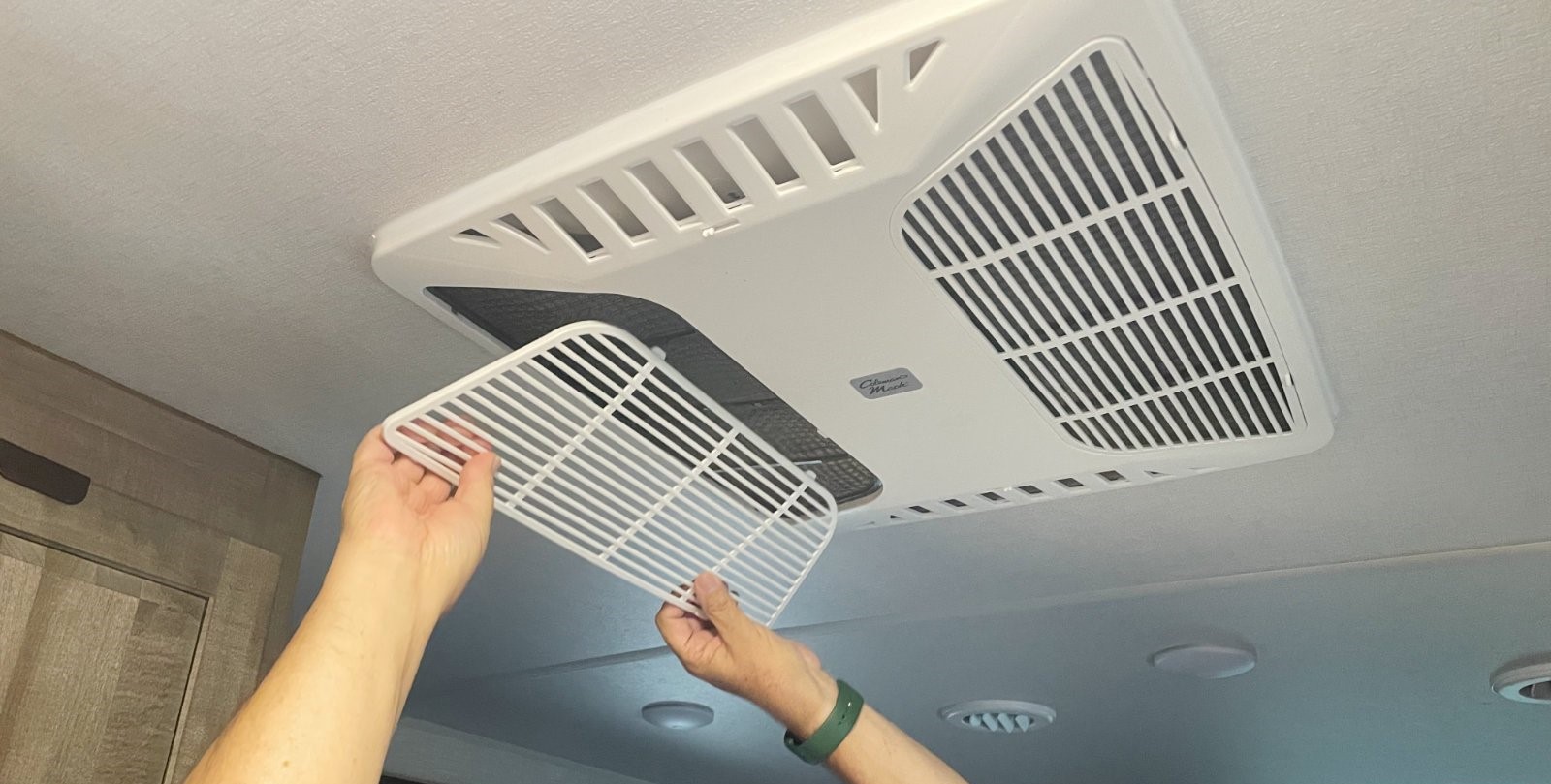
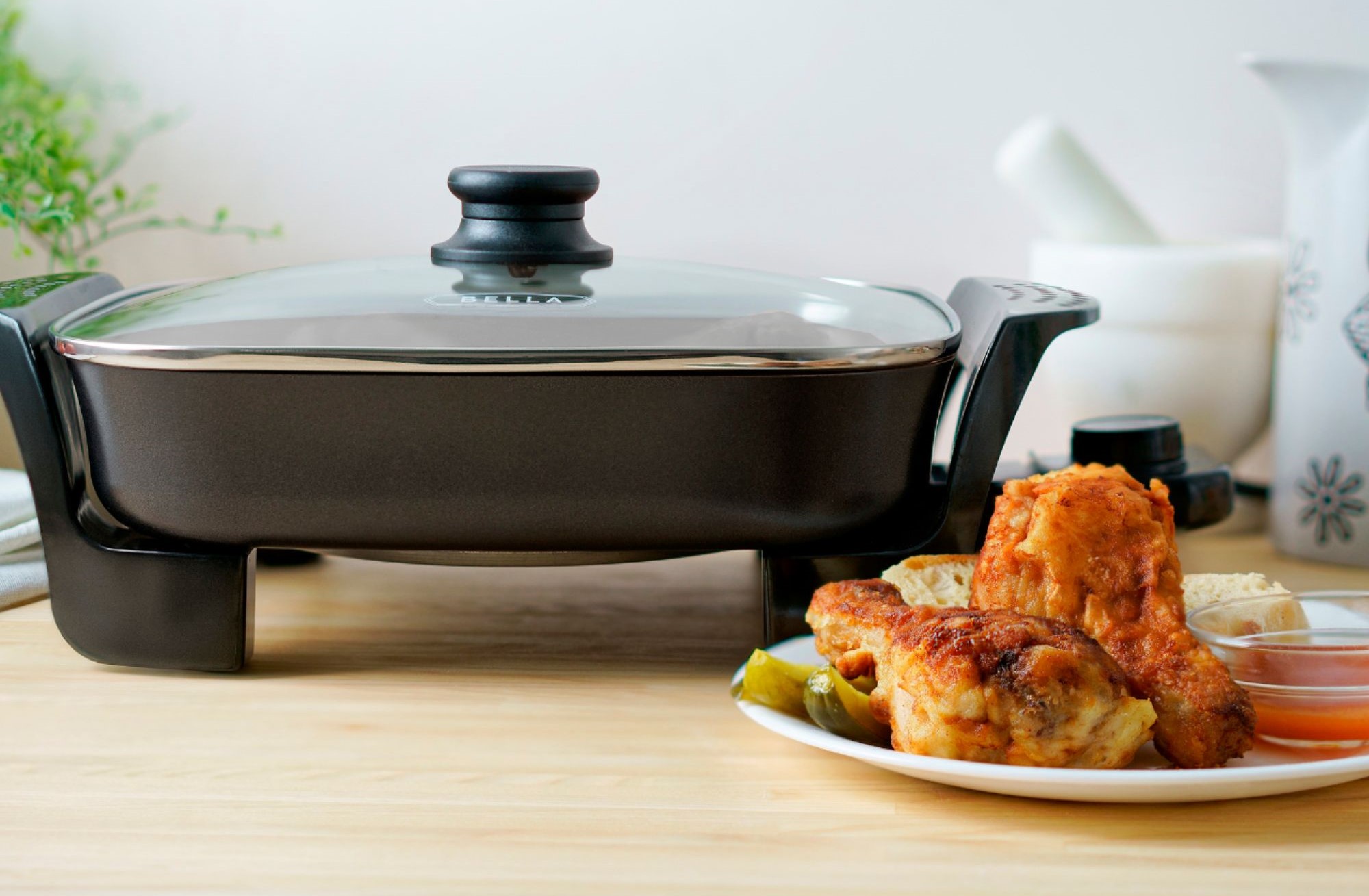


0 thoughts on “How Many Amps Does A Microwave Oven Use”